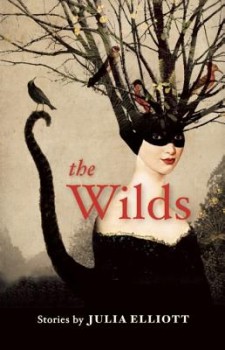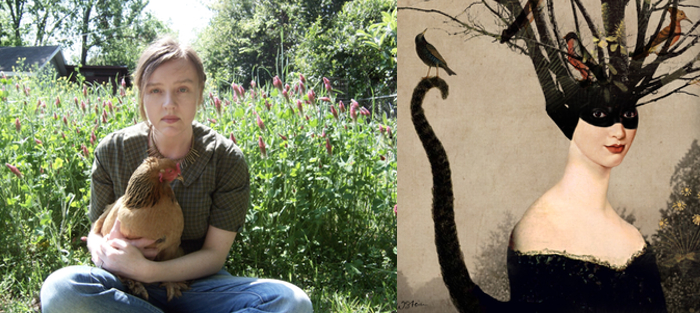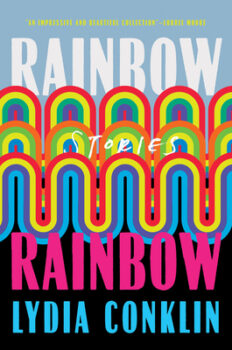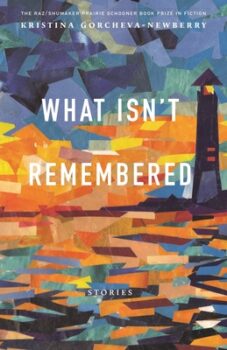Julia Elliott’s stories remind me of narwhals. That’s how I have come to think of them since I heard a parent describe a narwhal to a four-year-old: “A whale crossed with a unicorn.” It’s good shorthand. Narwhals are toothed whales. Whales are common on posters in school hallways, warning about the extinction of aquatic life on the planet. Unicorns are the default “U” in most animal alphabet books I come across (note: the uromastix and the uakari are both harder to draw than the unicorn and not recognized by spellcheck).
Elliott’s stories have that improbable quality in their juxtapositions, too. Crossed-with categories easily present themselves, as the stories subvert expectations. But then there’s a scene, a phrase, a bit of dialogue in the story that reminds me that a narwhal is a narwhal is a narwhal; I’m not reading about an experiment, I’m reading about an experience.
 One of my favorites of her stories is “The Love Machine,” which can be found in her 2014 collection The Wilds, published by Tin House Books. “The Love Machine” centers on a robot that is being pumped full of chemicals and impulses for the purpose of being made to love different people and things. In the story, love is literally contrived. Dr. Dingo, the scientist in charge of the lab, has plans that become whims that guide how the love is assigned. The robot narrates for us the experience of loving a female lab assistant, a male lab assistant, a toy dog. Yet despite the artificiality of both the experiment and its subject, it seems to me one of those stories that comes closest to capturing the metaphysics of love. The robot is rebooted and simply knows that it is in love. This is not separate from the robot’s full knowledge that someone has “coded basic information […] into [its] Simulated Limbic System” and “saturated [its] Artificial Endocrine Processor with the neurochemicals of infatuation.” This love does not mask conventionally unappealing features of the one that the robot loves, rather leads to revelations like “clammy pale skin gleam[s] like a pearl.” It is not a story of a robot learning to love or debating whether love is this or that, but of a robot loving.
One of my favorites of her stories is “The Love Machine,” which can be found in her 2014 collection The Wilds, published by Tin House Books. “The Love Machine” centers on a robot that is being pumped full of chemicals and impulses for the purpose of being made to love different people and things. In the story, love is literally contrived. Dr. Dingo, the scientist in charge of the lab, has plans that become whims that guide how the love is assigned. The robot narrates for us the experience of loving a female lab assistant, a male lab assistant, a toy dog. Yet despite the artificiality of both the experiment and its subject, it seems to me one of those stories that comes closest to capturing the metaphysics of love. The robot is rebooted and simply knows that it is in love. This is not separate from the robot’s full knowledge that someone has “coded basic information […] into [its] Simulated Limbic System” and “saturated [its] Artificial Endocrine Processor with the neurochemicals of infatuation.” This love does not mask conventionally unappealing features of the one that the robot loves, rather leads to revelations like “clammy pale skin gleam[s] like a pearl.” It is not a story of a robot learning to love or debating whether love is this or that, but of a robot loving.
Does it end well for our narrator? It depends on how much of a romantic you are, perhaps. The robot literally falls in love at the end. What I am left with is what I often take from the best science fiction, which is terms to look up: are “TGKA5 Anxiety Pheromones” a real thing? And the last paragraph leaves me with an uncomfortable uncertainty similar to when I reread Carver’s “What We Talk About When We Talk About Love.” It is a story, like love, as fanciful and appealing as a unicorn crossed with a whale, and as real and baffling as a narwhal.






